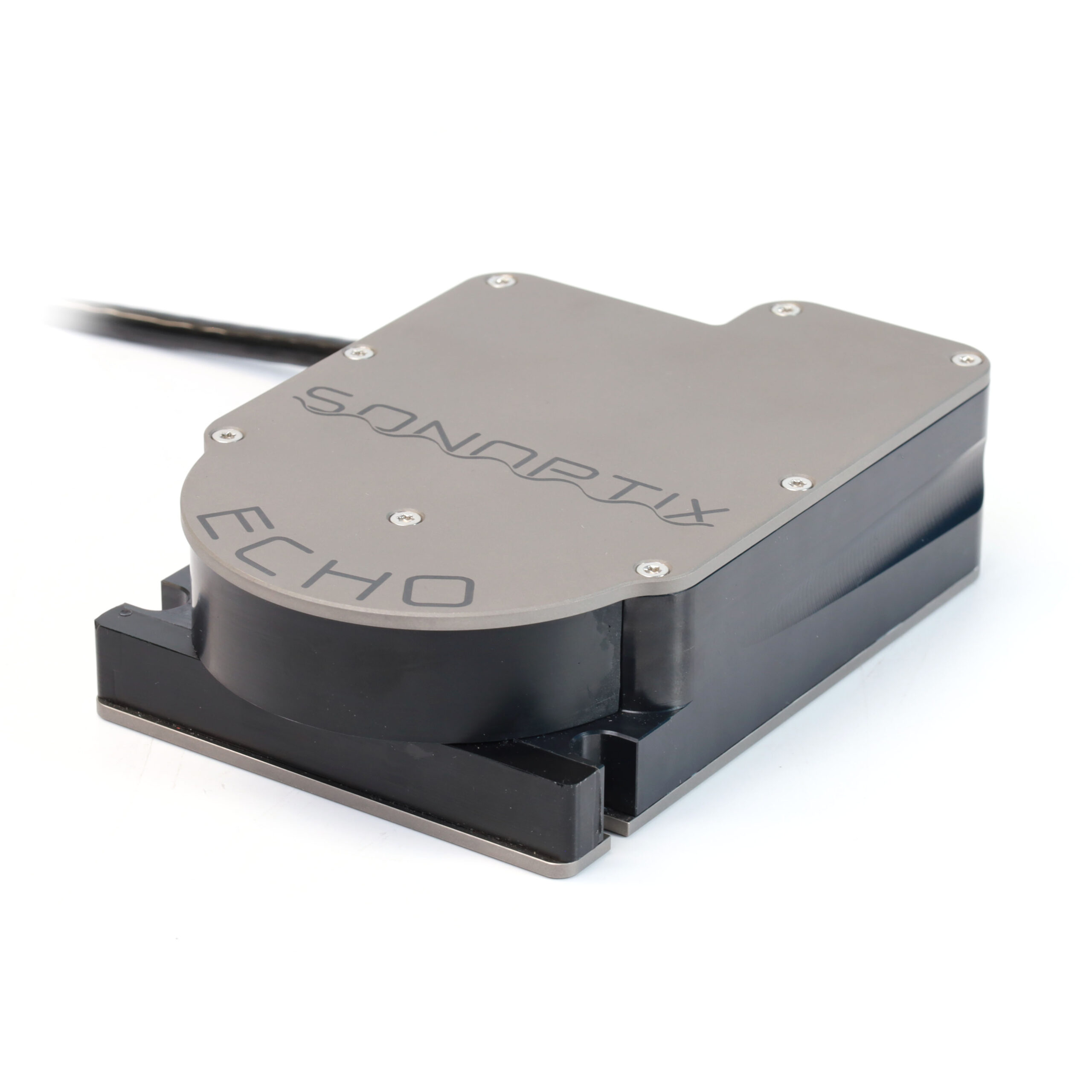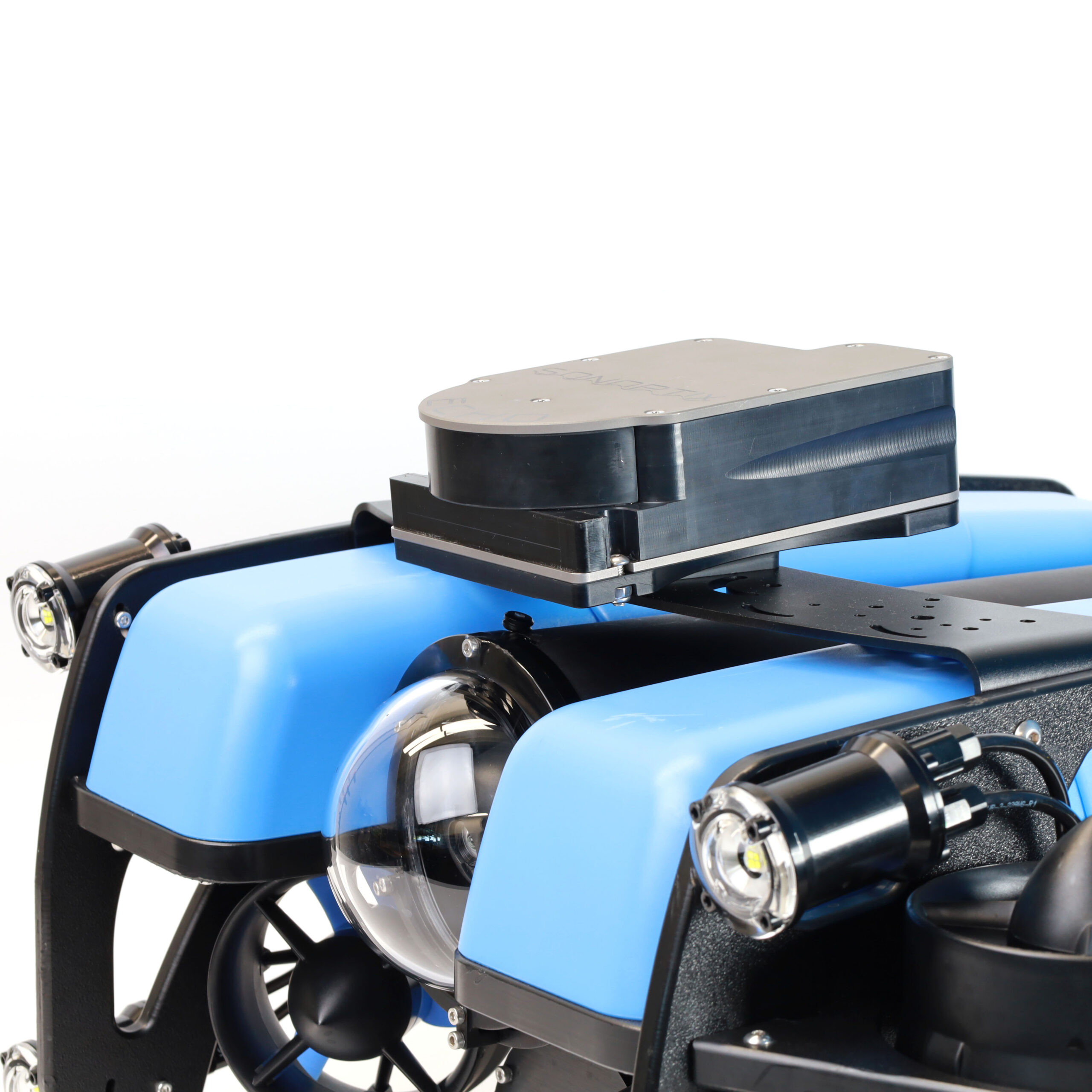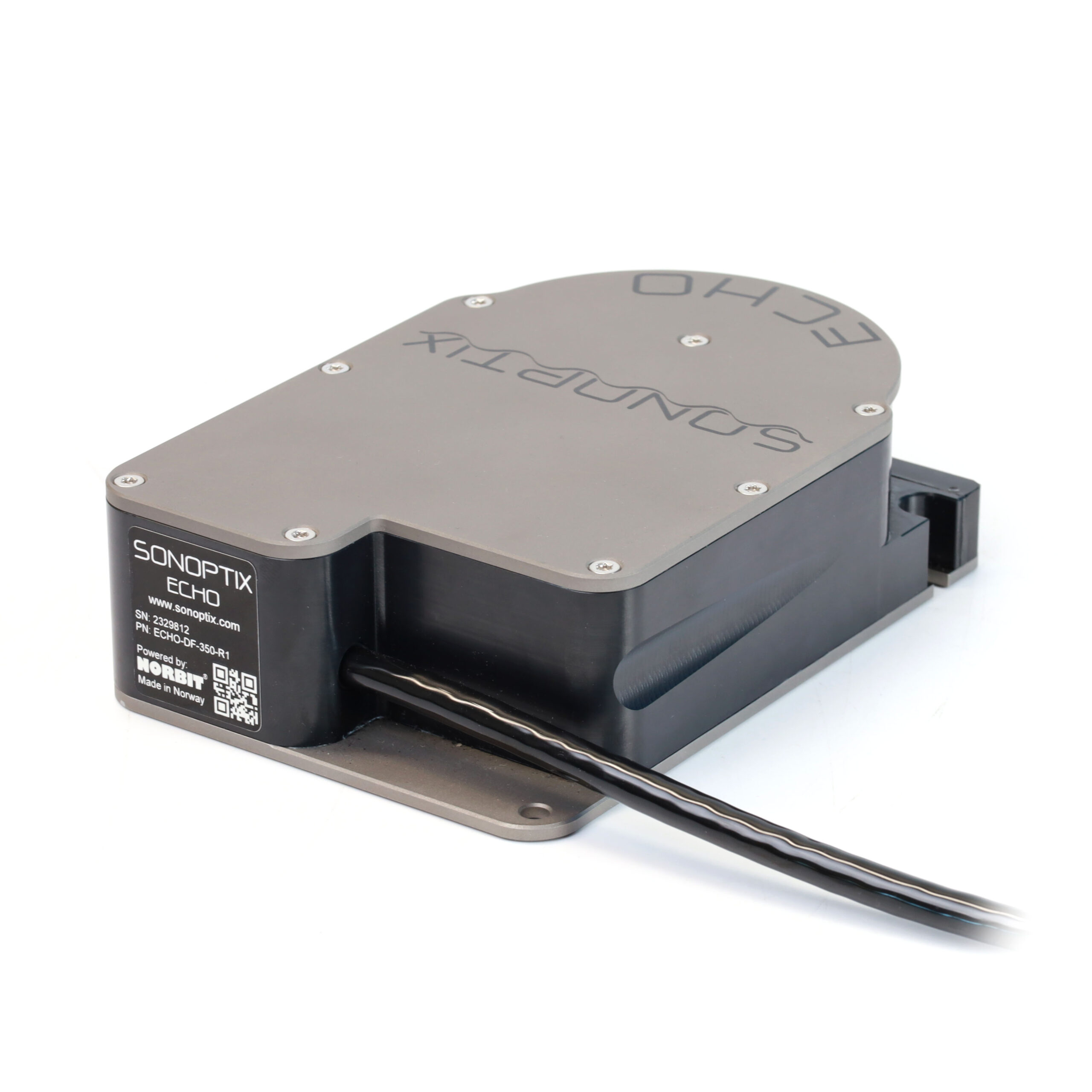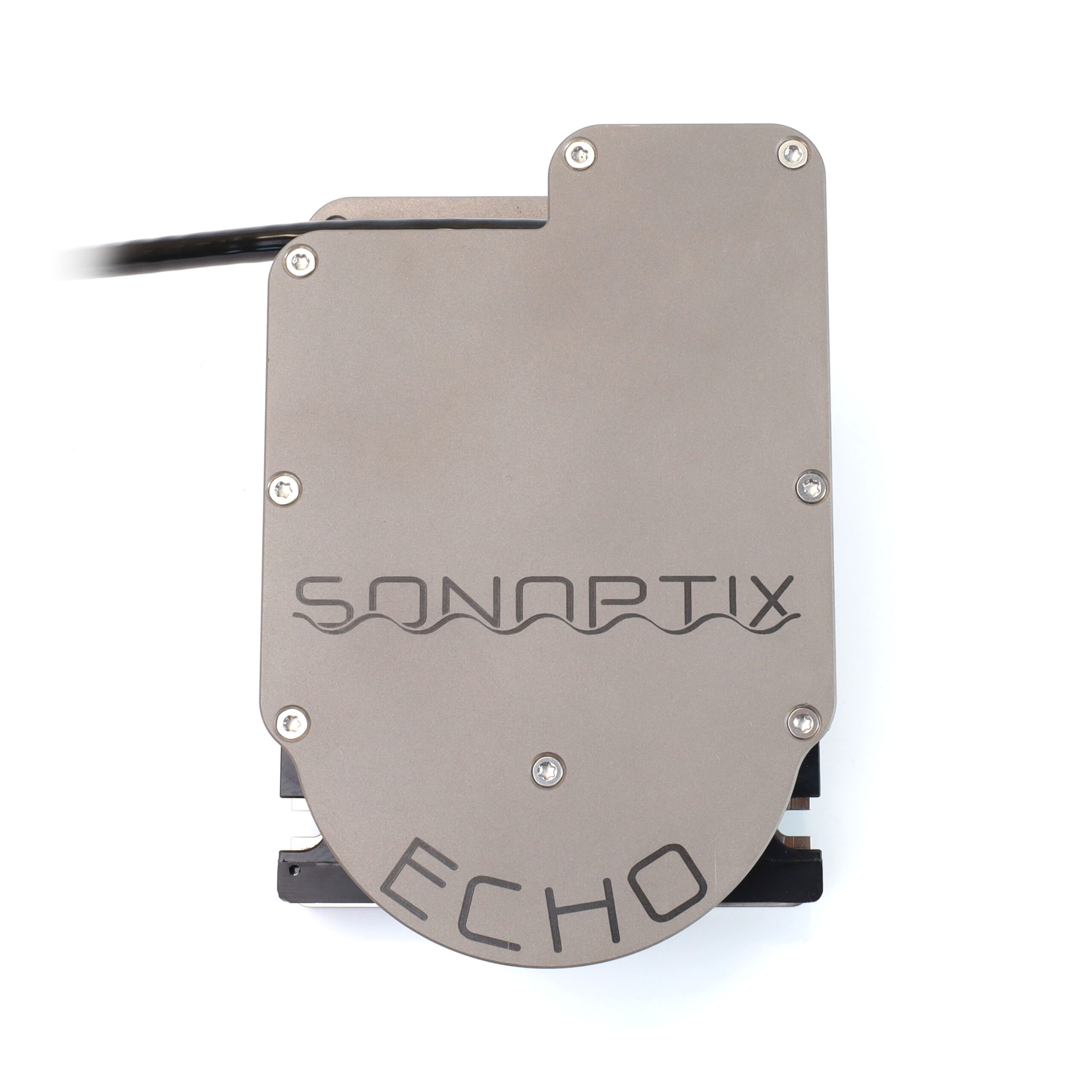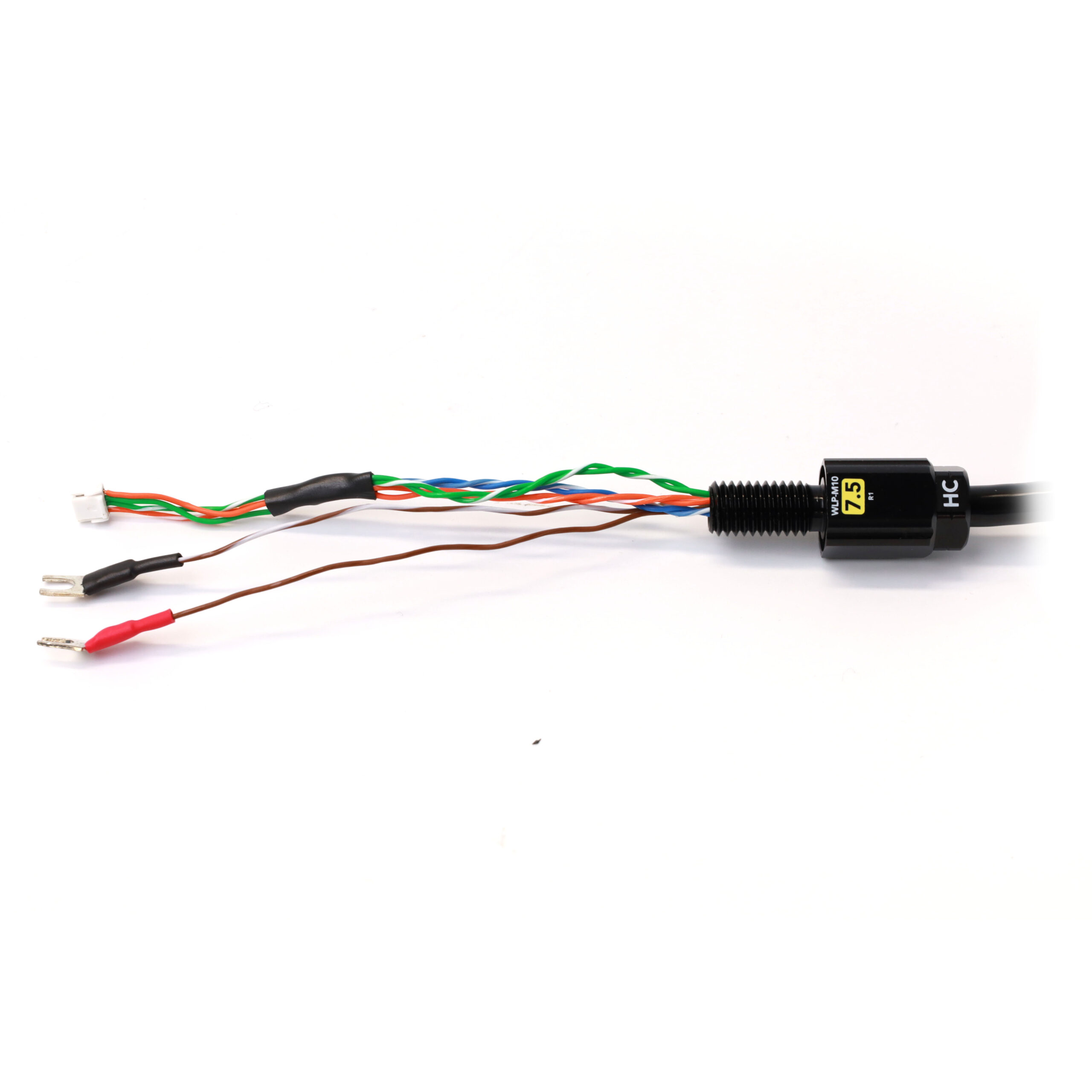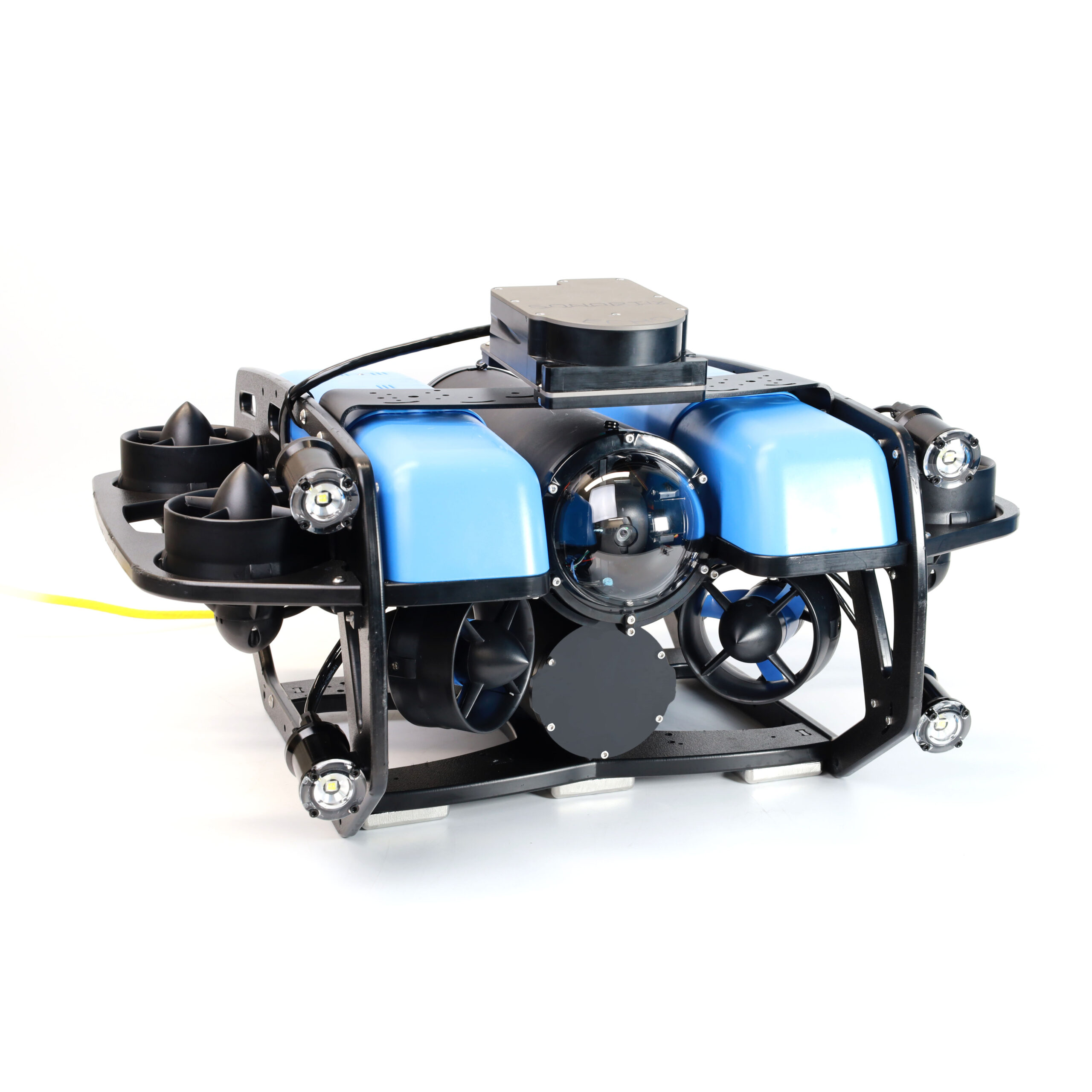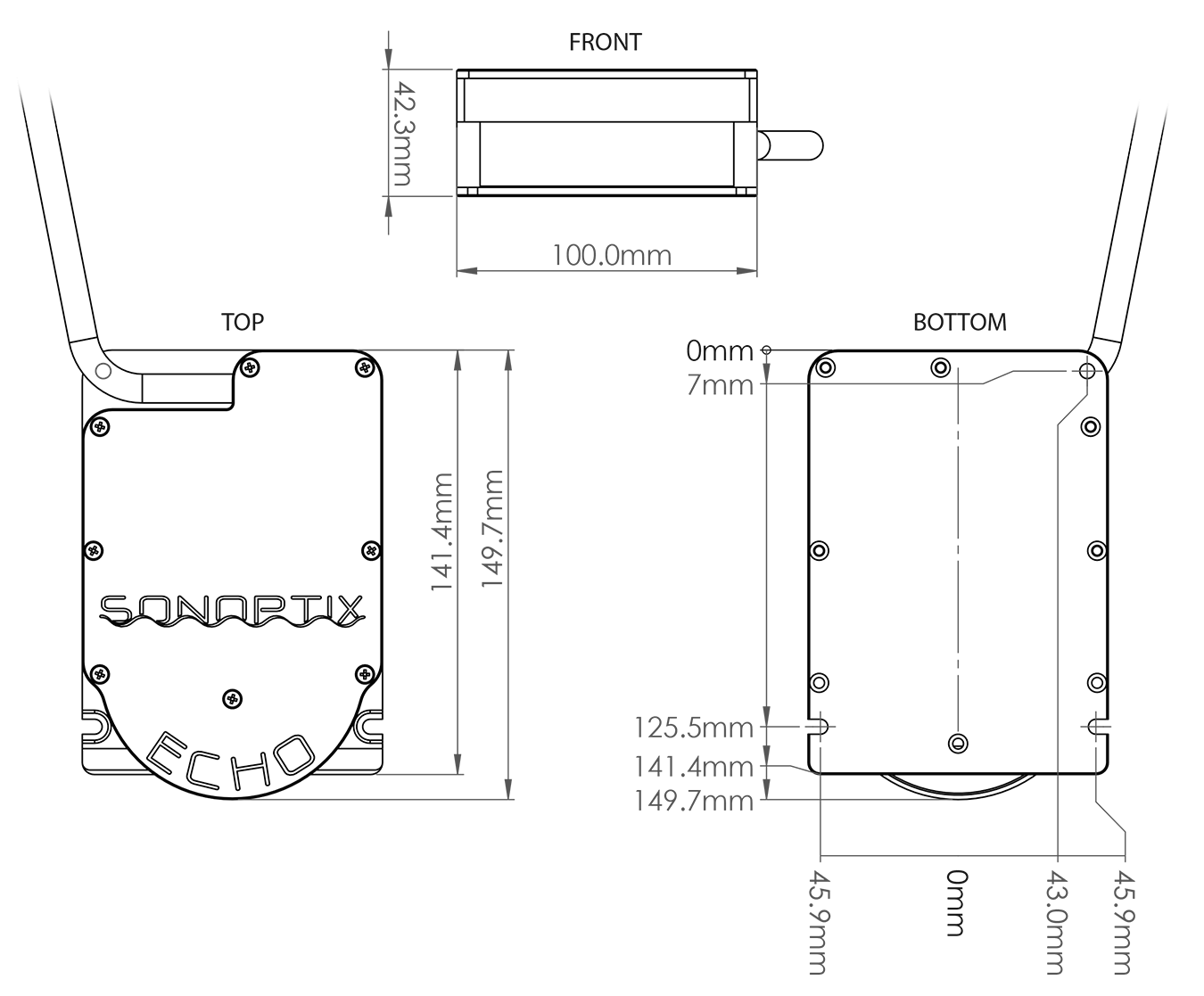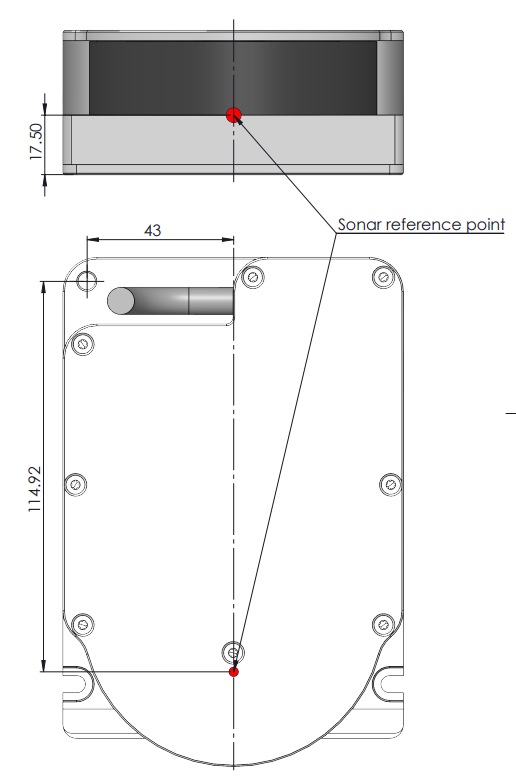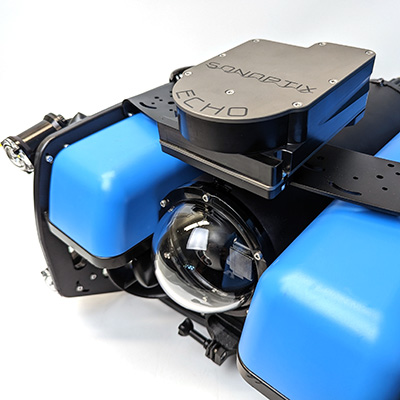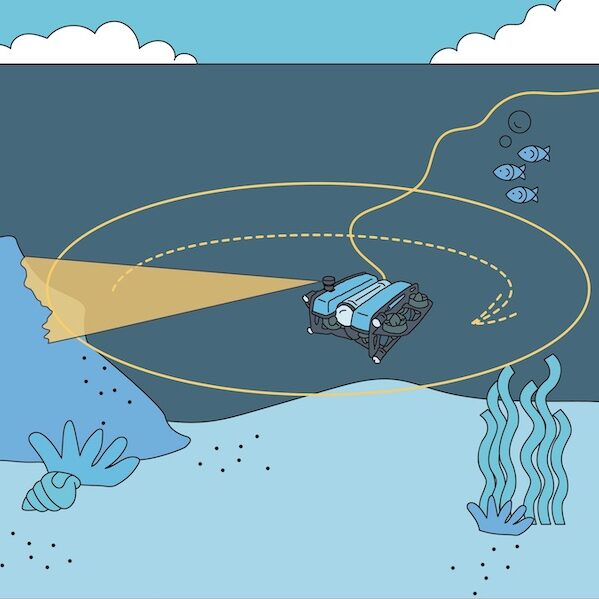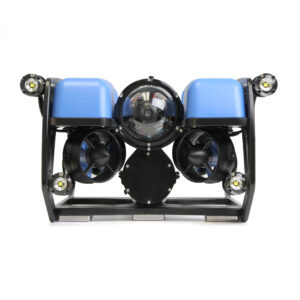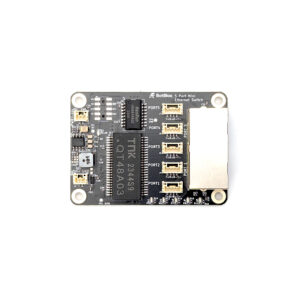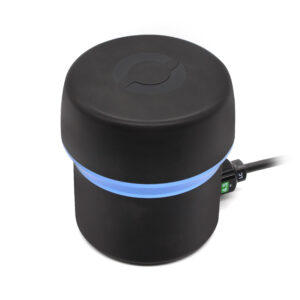For years, we’ve heard people complain, “Ugh, I wish multibeam sonars weren’t so expensive…”. Well, friends, you don’t have to complain anymore.
We’re excited to introduce the Sonoptix ECHO multibeam imaging sonar, which brings an impressive set of capabilities at a revolutionary price point that’s less than half the price of competing products! It’s a pleasure to use and elevates your ROV piloting experience to the next level.
Sonoptix is a new brand formed through a collaboration between some like-minded people who think that multibeam imaging should be more affordable and accessible. (We agreed with them, obviously). Despite the new brand name, this sonar has some serious expertise put into it and has been in development for years. We’re excited to be the first to offer it to the world!
When ordered from Blue Robotics, the Sonoptix ECHO comes with a pre-installed WetLink Penetrator and JST GH connectors, making it plug and play with the BlueROV2 and easy to integrate with other vehicles.

